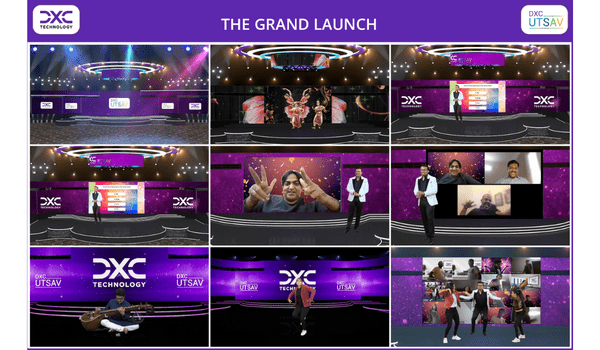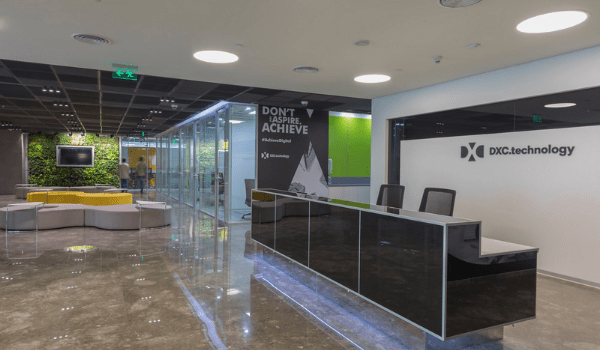Many of the big conglomerates and IT giants have made it clear that they want their employees to return to office. Some companies have mandated that their staff come in to work thrice or twice a week, while others have resumed a full-time work-from-office culture. However, DXC Technology is following a different path.
The Company has adopted a virtual-first model, allowing employees to work remotely. Lokendra Sethi, VP – India HR lead, DXC Technology, reveals that the Company has about 43,000 employees in India and at any given time, not more than 1000 employees are visiting or working from the office.
While many industry experts and HR leaders have argued that employee engagement and collaboration amongst teams becomes a challenge in a remote-working culture, Sethi believes, “We do not need to be in office to drive collaboration”.
He goes on to say that even during pre-pandemic days, people working from different offices and locations collaborated virtually. In fact, he states that being able to attend virtual events has actually provided more flexibility to people and increased reach.
He shares that at an internal annual event called ‘DXC Utsav’, the Company was able to engage with the families of the employees as well, which would not have been possible in a physical setup.

Benefits of virtual-first culture
Sethi tells HRKatha that having a virtual-first culture has really benefited DXC Technology, especially when it comes to the overall people strategy of the Company.
Hiring from anywhere: “Our talent quotient has increased since we have adopted a virtual-first model at DXC Technology,” admits Sethi. This also means that now the Company has no boundaries to attract talent. The best of talent can be hired from any part of the country without any geographical constraints.
Sethi reveals that from the time DXC Technology decided to work remotely, which was in March 2020, the firm has hired more than 30,000 employees virtually till date. All hiring has been done virtually and even for fresher hiring from the campuses, the Company managed without physically visiting the campuses.
Accessibility and scalability: Accessibility and scalability in terms of upskilling employees has also increased at DXC Technology, observes Sethi. Sethi proudly shares that the women’s leadership development programme at DXC, called ‘SheLeads’, which took place a year and half ago, was a 100 per cent virtual programme, and was a major success. “Our ability to train and scale training programmes has really gone up since we moved to a virtual- first model,” observes Sethi.
In terms of engagement scores, Sethi reports witnessing a positive response from the employees, but prefers to keep the overall engagement score confidential.
“We do not need to be in office to drive collaboration”
Lokendra Sethi, VP – India HR lead, DXC Technology
Challenges of virtual-first culture
Any working model will have benefits as well as challenges. DXC Technology had to battle its own set of challenges.
Infrastructure: Lack of infrastructure at home was a huge hurdle for some. “Every home does not have the infrastructure for a home office,” points out Sethi. However, as per Sethi, people have now managed to figure out ways to create their own working spaces at homes and have got used to the same. For an instance, Sethi shares that many graduates have moved to smaller towns with their parents, where they have more comfortable spaces to set up an office corner or room.
Access to technology: Access to internet and technology was another challenge. Since people have moved to smaller towns, accessibility of internet has remained a challenge to some extent. However, due to technological advancements in the country, the penetration of internet connectivity has improved in recent times.
Culture shift: Another major challenge was the culture shift to a virtual-first environment. This had more to do with the mindset of the people. It was easier for the younger generation to accept this shift. However, some of the leaders and supervisors, primarily belonging to the older generation, found it difficult to adapt. “We organised various sensitisation sessions to train our leaders to manage people in a remote environment and evaluate performance without really interacting with them physically in the office,” explains Sethi.
Moving forward, Sethi is confident that this is going to remain the accepted working model at DXC Technology. However, as the Company calls it a virtual-first model, employees are welcome to meet in person whenever they want to.



